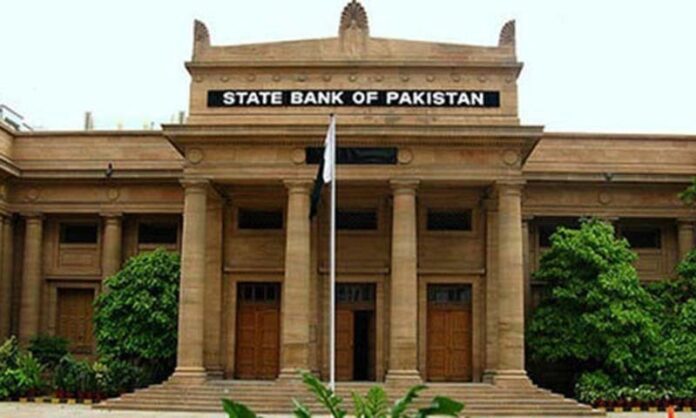KARACHI: The State Bank of Pakistan (SBP) on Friday issued a series of tweets through its official Twitter handle, clarifying that the exchange rate is market determined, and there is no set target for the exchange rate under the International Monetary Fund (IMF) programme.
In the tweets, the SBP explained the difference between two different economic concepts: the exchange rate, which is a reflection of the balance of payments of a county, and the forward exchange rate, which is determined by the spot exchange rate and differences in interest rates between countries.
The SBP tweeted, “#Exchange rate is determined by market forces of demand and supply and is a reflection of existing BOP position. Forward exchange rates are determined by the existing spot rates and #Interest rate differentials of the relevant period i.e. time value of money.”
The SBP then further tweeted: “Forward #exchange rates (ER) r not a forecast of future exchange rates. #IMF Report on #Pakistan includes ER assumptions which r not predictions. Under the IMF-supported program there is no agreed target level for exchange rate. ER is market determined.”
The tweets have come at a time when there seems to be confusion about the exchange rates discussed in the IMF Staff Report on Pakistan, published in July 2019.
To further emphasize its point, the SBP also retweeted IMF Pakistan’s tweet from July 11 last year.
“The published Staff Report on Pakistan includes exchange rate assumptions which are not predictions. Under the IMF-supported program there is no agreed target level for the exchange rate , which is market determined.” the IMF tweet reiterated.
The IMF Staff Report from July 2019 had called for a “flexible, market-determined exchange rate to restore competitiveness, rebuild official reserves, and provide a buffer against external shocks.”
In the first review of Pakistan’s Extended Fund Facility (EFF) in December 2019, the IMF said, “Transition to a market-determined exchange rate has been orderly; inflation has started to stabilize, mitigating the impact on the most vulnerable groups of the population.”




